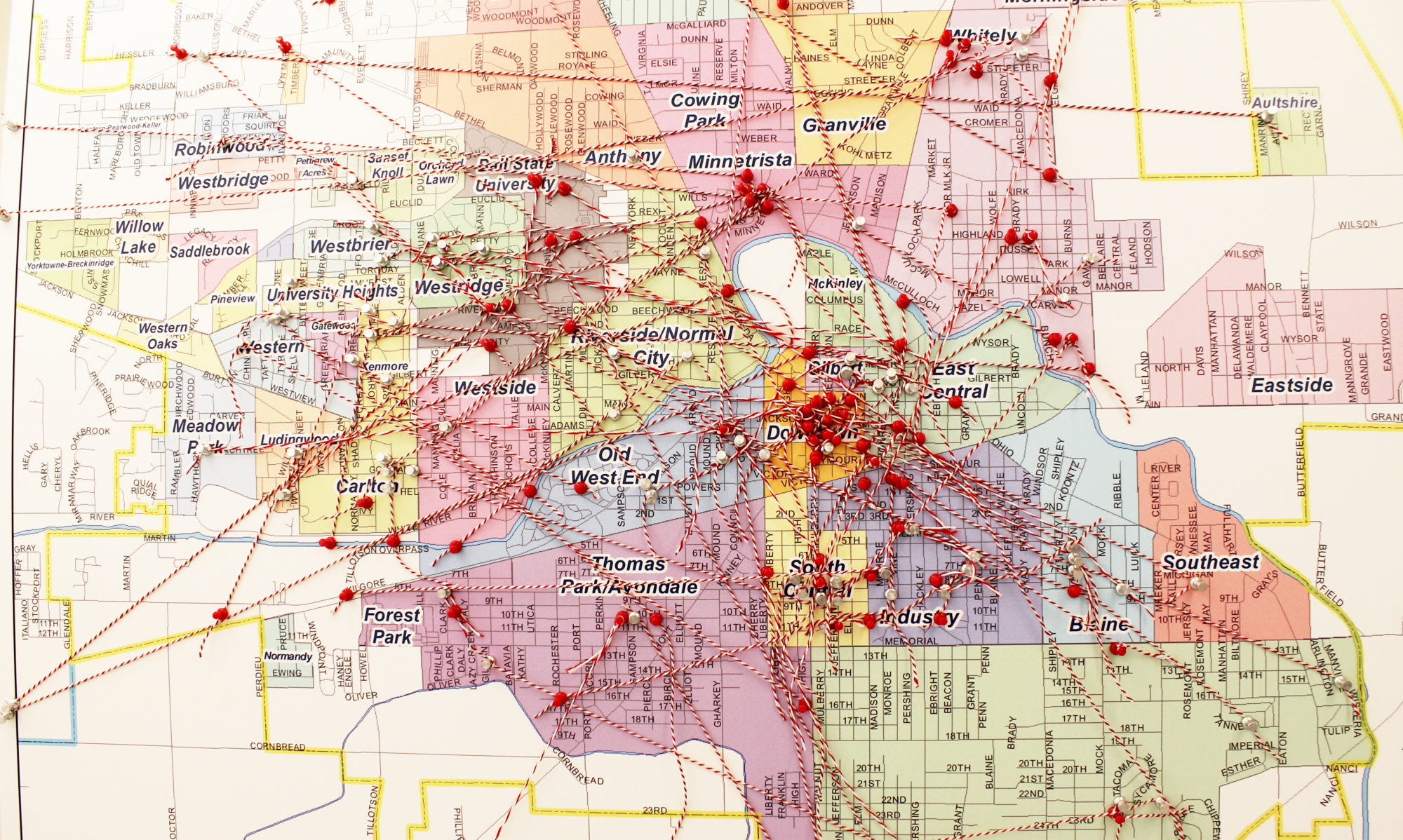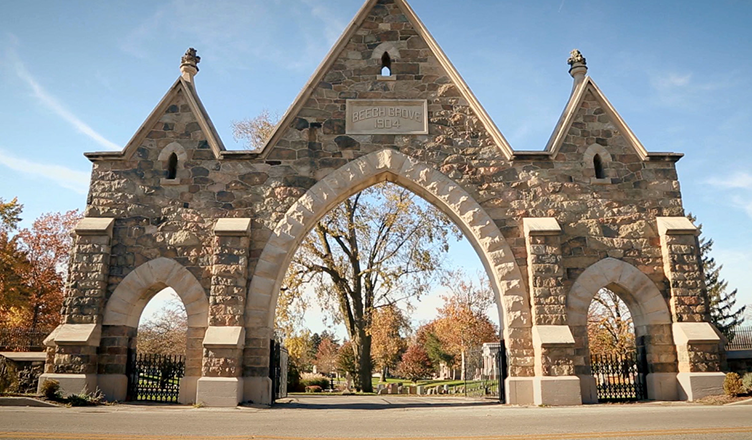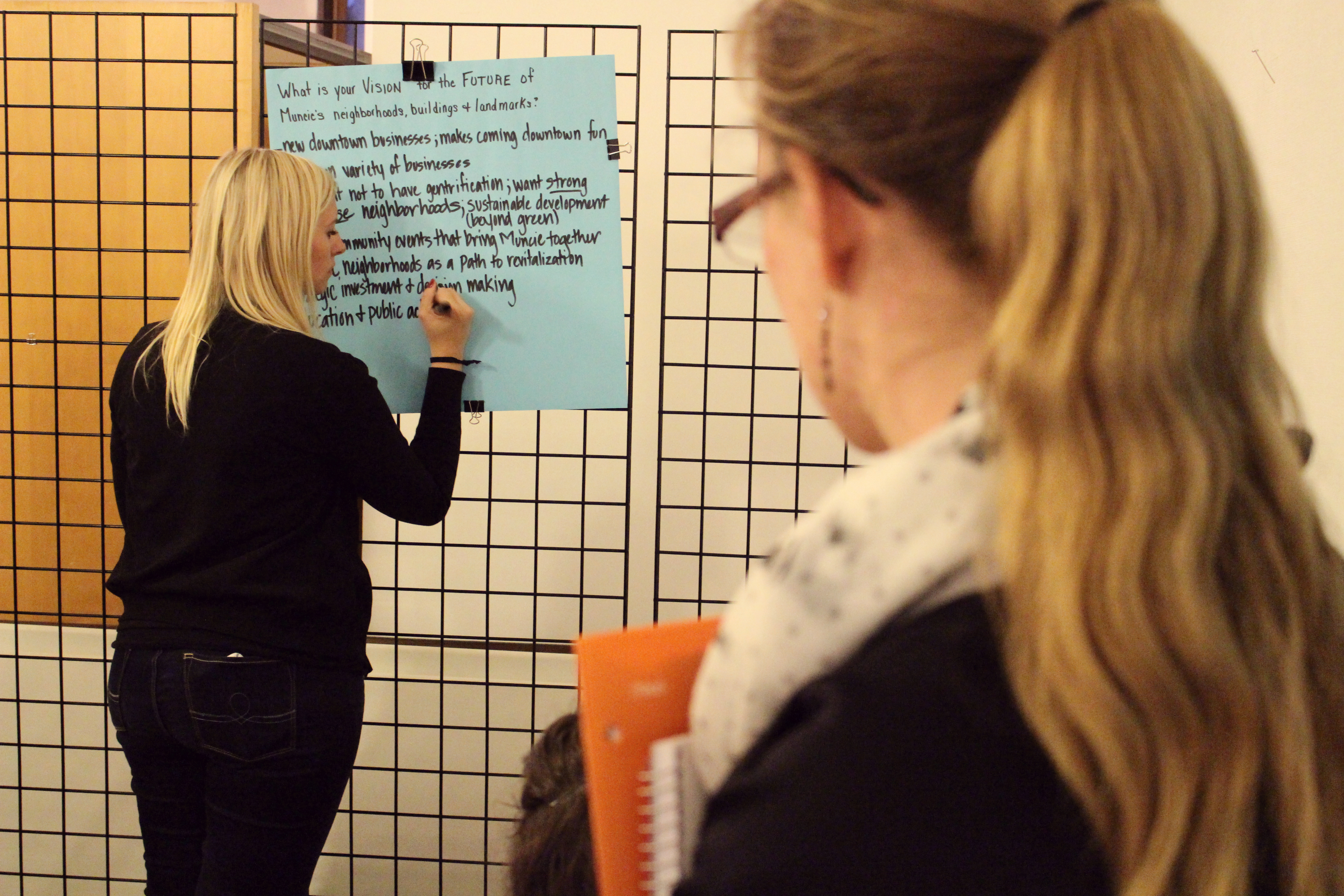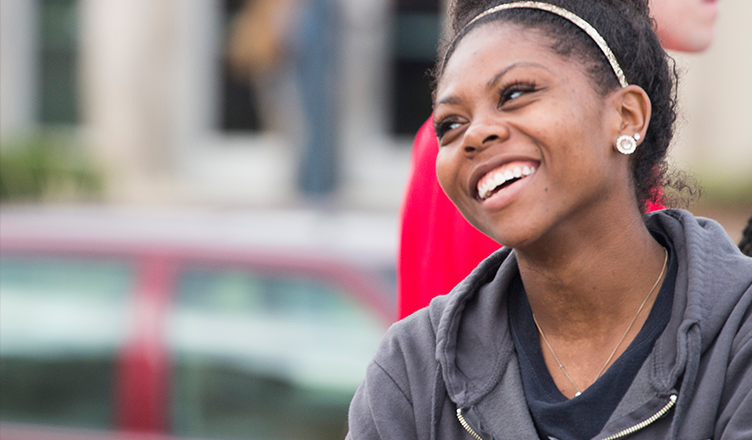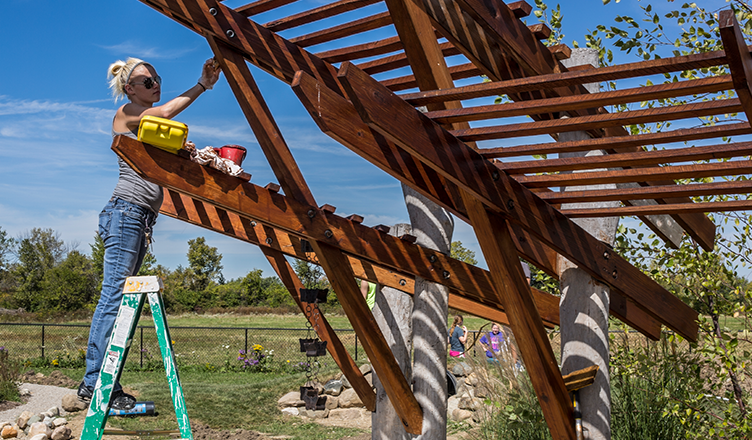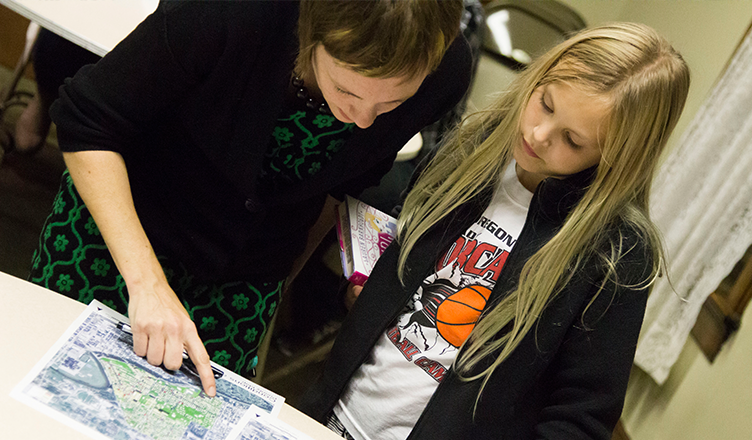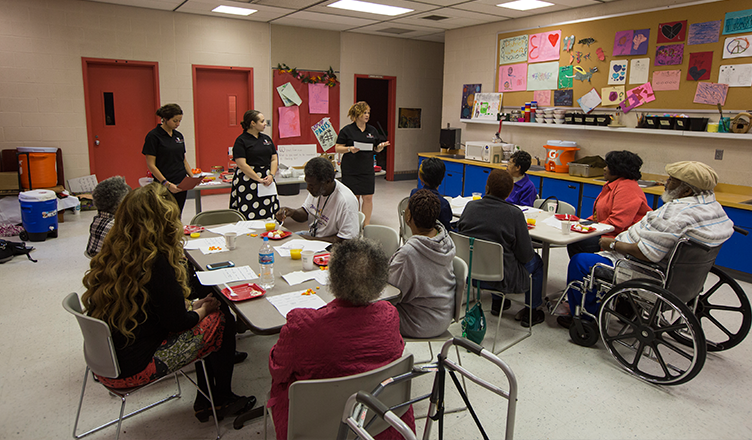Beech Grove Cemetery holds many wonderful stories about the people who came from Muncie and made contributions as state, national and international citizens. Muncie’s Beech Grove Cemetery Board asked Ball State students to create a book to document these stories and to transfer that content into a walking tour that would allow visitors to access that information via smartphones. Students gained experience in historical research, technical, and public writing. The students were responsible for conducting research, identifying themes, designing interpretation, and selecting stories for the book and app.
Learn more from the project video:
